Sometimes called the “learning key”, the key of C Major is one of the easiest keys to memorize and begin using. C major (often just C or key of C) is a musical major scale based on C, with pitches C D E F G A B C. Its key signature has no flats or sharps. Its relative minor is A minor A B C D E F G A B.
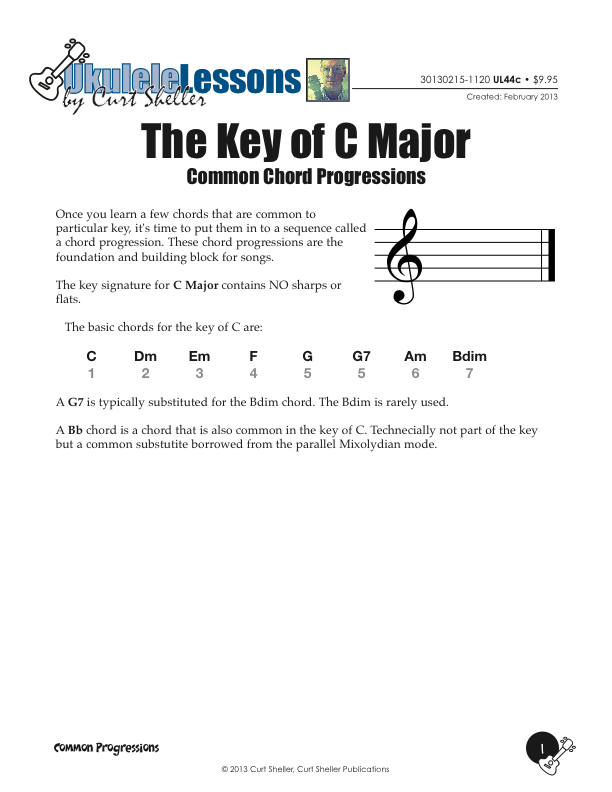
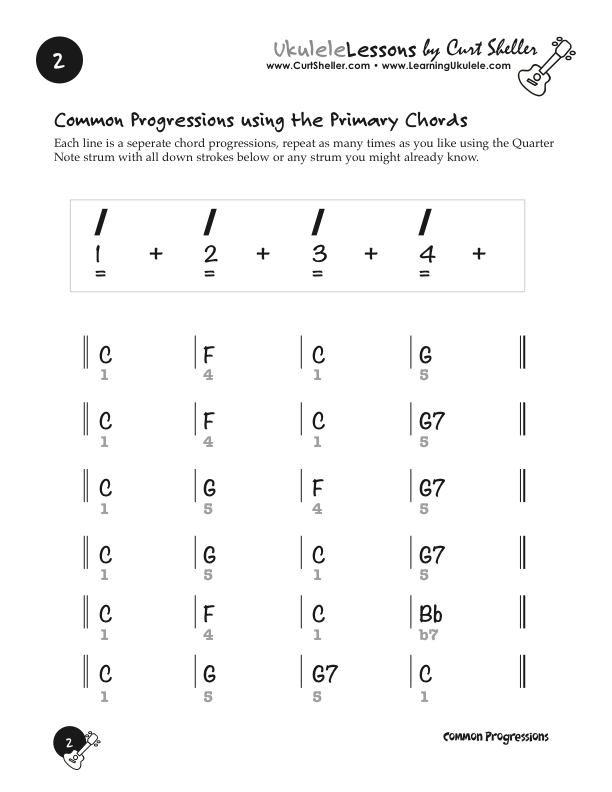
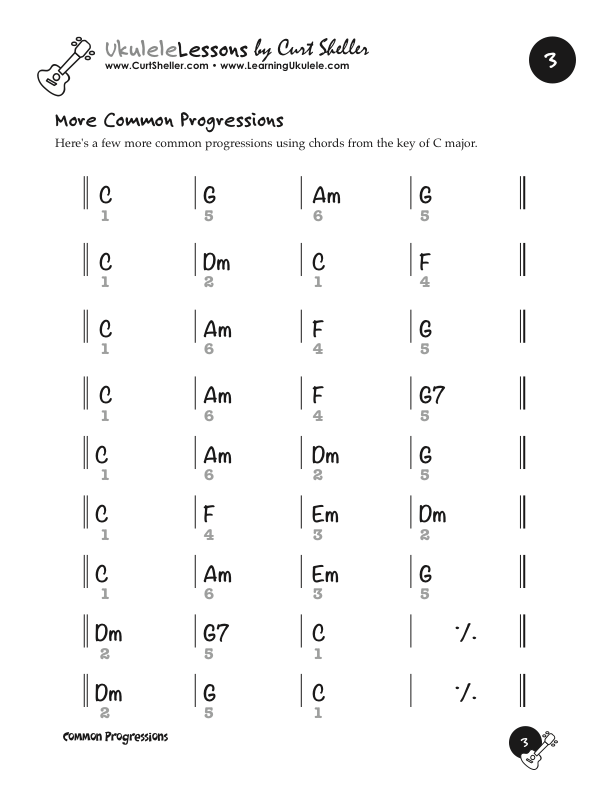
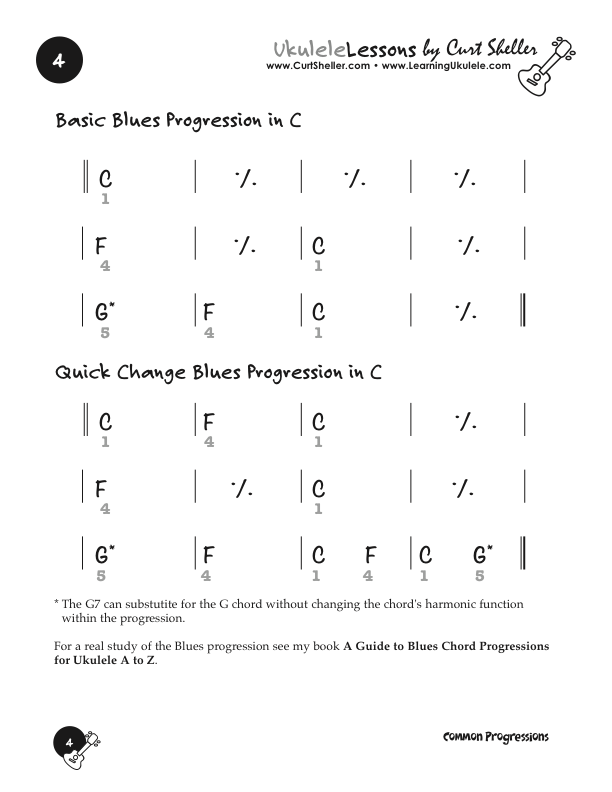




Sometimes called the “learning key”, the key of C Major is one of the easiest keys to memorize and begin using.
The key signature for C Major and A Minor contain NO sharps or flats.
C major (often just C or key of C) is a musical major scale based on C, with pitches C, D, E, F, G, A, and B. Its key signature has no flats or sharps.
Its relative minor is A minor, and its parallel minor is C minor.
C major is one of the most commonly used key signatures in music. Most transposing instruments playing in their home key are notated in C major; for example, a clarinet in B-flat sounding a B-flat major scale is notated as playing a C major scale. The white keys of the piano correspond to the C major scale (however, some electronic keyboards are pitched in B-flat). Among brass instruments, the more common trumpet is the trumpet in C, and the contra-bass tuba is in C. A harp tuned to C major has all its pedals in the middle position.
C major is often thought of as the simplest key, owing to its lack of either sharps or flats, and beginning piano students’ very first pieces are usually very simple ones in this key, and the first scales and arpeggios that students learn are usually C-major ones. However, going against this common practice, the composer Frédéric Chopin regarded this scale as the most difficult one to play with complete evenness, and he tended to give it last to his students. He regarded B major as the easiest scale to play on the piano, because the position of the black and white notes best fitted the natural positions of the fingers, and so he often had students start with this scale. A C-major scale lacks black keys, and thus does not fit the natural positions of the fingers very well.
Available for Premium Site Access Plans Only
Sometimes called the “learning key”, the key of C Major is one of the easiest keys to memorize and begin using.
The key signature for C Major and A Minor contain NO sharps or flats.
C major (often just C or key of C) is a musical major scale based on C, with pitches C, D, E, F, G, A, and B. Its key signature has no flats or sharps.
Its relative minor is A minor, and its parallel minor is C minor.
C major is one of the most commonly used key signatures in music. Most transposing instruments playing in their home key are notated in C major; for example, a clarinet in B-flat sounding a B-flat major scale is notated as playing a C major scale. The white keys of the piano correspond to the C major scale (however, some electronic keyboards are pitched in B-flat). Among brass instruments, the more common trumpet is the trumpet in C, and the contra-bass tuba is in C. A harp tuned to C major has all its pedals in the middle position.
C major is often thought of as the simplest key, owing to its lack of either sharps or flats, and beginning piano students’ very first pieces are usually very simple ones in this key, and the first scales and arpeggios that students learn are usually C-major ones. However, going against this common practice, the composer Frédéric Chopin regarded this scale as the most difficult one to play with complete evenness, and he tended to give it last to his students. He regarded B major as the easiest scale to play on the piano, because the position of the black and white notes best fitted the natural positions of the fingers, and so he often had students start with this scale. A C-major scale lacks black keys, and thus does not fit the natural positions of the fingers very well.
Available for Premium Site Access Plans Only
Related Lessons, Videos, Lesson Series, Songs, Books & Reference Charts, Resources & Assets, Workshops are below.
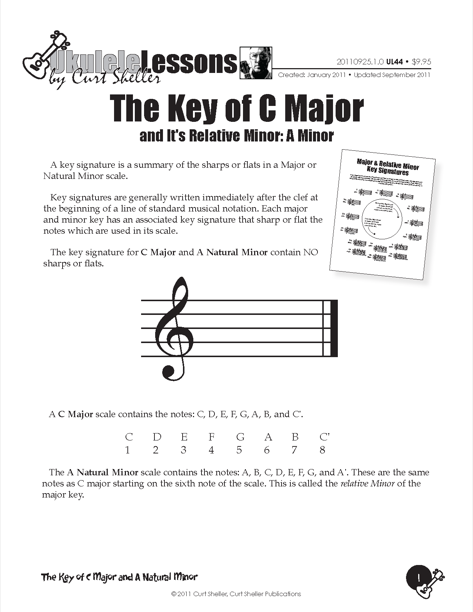
In music, it is important to learn and recognize the key signature for C Major and A Minor. These two keys have corresponding major and natural minor scales, along with basic ukulele chords that can be used with each scale. The key of C Major, also known as the learning key, is particularly easy to memorize and start using.



.jpg)